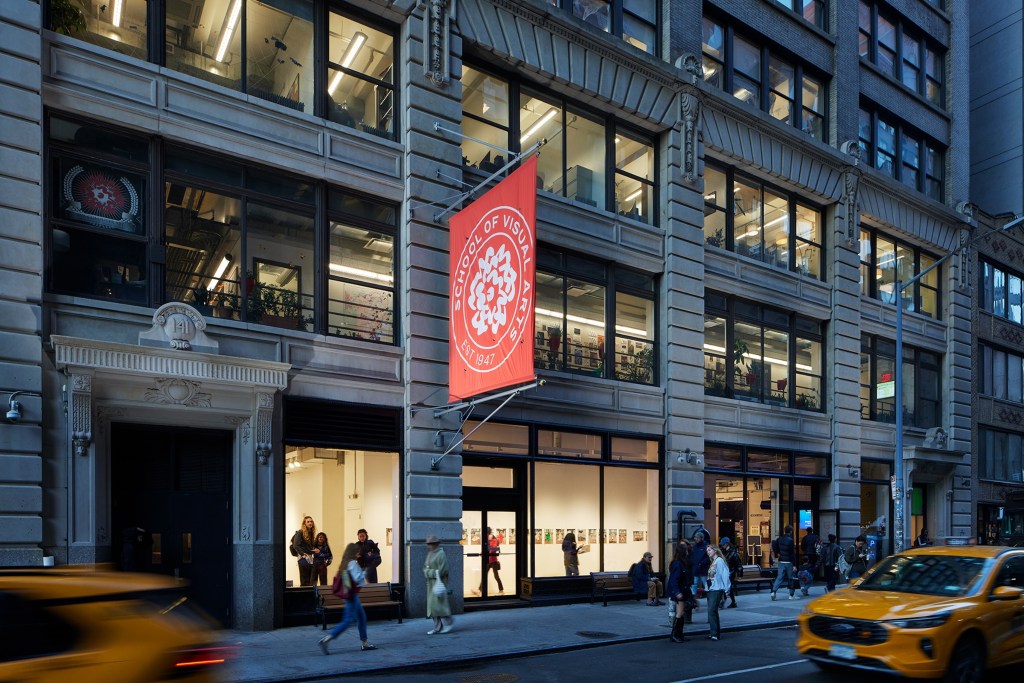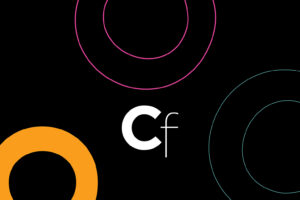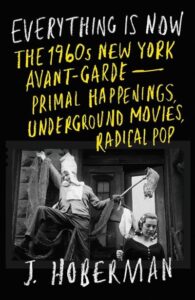School of Visual Arts Faculty Are Officially Unionized


Over 1,000 faculty members at the School of Visual Arts (SVA) in Manhattan are officially unionized as of Thursday, May 22, after a two-thirds majority vote in favor. Organizing under United Auto Workers (UAW), the SVA faculty union is prioritizing scheduled pay increases in accordance with inflation, compensation for out-of-classroom labor, and protecting and expanding benefits.
“I’d like to emphasize that this was a 100% grassroots effort — faculty organizing ourselves to gain collective bargaining, with a focus on improving the school and upholding democratic principles,” key organizer Justin Elm, an adjunct professor in the Art History and Visual and Critical Studies departments who once held a full-time role at SVA, told Hyperallergic in an email.
“We genuinely believe that teachers’ working conditions are students’ learning conditions,” Elm continued. “The more security, stability, and voice we have collectively, the more we can help improve SVA and ensure its strength in the future.”
Almost all faculty members at the school are contracted adjunct workers, many of whom experience limited job security, lack of established benefits and upward mobility, lower compensation, and poor administrative support. Elm explained that many of them teach at multiple different schools to make ends meet.
“At the most basic level, we’re seeking a contract comparable to what other adjuncts have fought for in New York City,” Elm said, emphasizing the need for scheduled salary increases that match the pace of inflation.
He also noted that faculty doesn’t get compensated for work done outside of the classroom, listing off class preparations, preparing online course shells, grading, mentorship, and departmental meetings as examples of unpaid labor, “even though it’s essential to running a class.” Classes are sometimes canceled at the last minute, he said, and there is little recourse for making up the loss of income.
In response to Hyperallergic‘s request for comment, an SVA spokesperson said the school “encouraged all eligible faculty to participate in the recent election.”
“We are committed to preserving and strengthening our academic community for years to come, and look forward to bargaining in good faith with the faculty union’s representatives,” the spokesperson said.
When asked how the school’s administration initially responded to faculty’s move to unionize, Elm told Hyperallergic that “SVA’s public and official stance throughout our organizing and during the election was an emphatic ‘NO.’”
Edwin Rivera-Arias, another key organizer and adjunct professor in SVA’s Humanities and Sciences department, told Hyperallergic that the school’s administration was “very aggressive” in their anti-union campaign, which was “surprising and disappointing” to faculty members as the school espouses liberal and progressive ideals.
On the school’s website, a page titled “SVA Encourages All Faculty to Vote” outlines various perceived drawbacks of organizing. The page lists union dues and the potential ramifications of striking, and reminds faculty that unionizing does not guarantee changes. The school also says that arts institutions have financially suffered or even totally closed after faculty members unionized. In a statement at the bottom of the site, SVA President David Rhodes ultimately urged voting faculty members to “see that VOTING NO is the right decision.”
Elm and Rivera-Arias said that the school put the information from the web page onto various flyers and in several emails, which were reviewed by Hyperallergic. However, Elm noted, Rhodes has acknowledged the union win and said that the administration will honor its duty to bargain in good faith.




